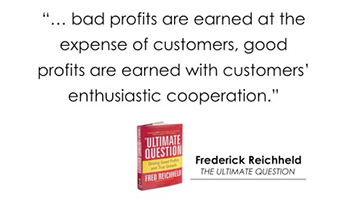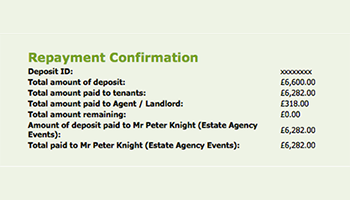Put first things first
Put first things first

 I’ve just delivered two presentations at ARPM – Australasia’s leading conference for Lettings and Property Management and I set the audience a challenge – to put Property Management at the heart of their business rather than having it as a bolt-on.
I’ve just delivered two presentations at ARPM – Australasia’s leading conference for Lettings and Property Management and I set the audience a challenge – to put Property Management at the heart of their business rather than having it as a bolt-on.
Down under, as is often the case in the UK too, residential sales dominates – not only in respect to allocation of time, effort and resources but also as the weather maker for the whole business. And yet the long term health and value of an estate agency business is, more often than not, much more to do with Lettings & Property Management which caused me to wonder, “why is the most important part of a business treated as second class?”
My work in other sectors confirms that this issue isn’t confined to estate agency. I observe accountants prioritising the recording of past results over the projections of future opportunities and forecasts and I question why dentists chase their clients for a six monthly check up but rarely if ever market their other, far more lucrative and high margin cosmetic services. Often it has to do with the founder’s own interests but more and more I notice that many people don’t really know how they make profit.
I’ve written about Pareto’s Principle before and how often 80% of profits come from 20% of activities. Whilst many people understand and can relate to this it doesn’t seem to stop them investing their time, effort and resources in the wrong areas. Let’s go back to Property Management – I asked a dozen or more managers if they knew who their problem/time demanding clients were and without exception they could reel off a list of names. When I asked how much of their time these people took up, the response was nearly always the same, “far too much” or “most of it”. So I asked them, “what if you were to cull your worst 5-10% of clients, those that take up the most time, deliver negative value as well as negative feelings too in many cases?” In each instance they smiled, even laughed with joy at the prospect but replied, “oh, that would never happen, we’re told to hang on to all clients at any cost”. My sense is that the business owners are measuring their success by volume rather than by margin – something again I see a lot of.
I suggest that the worst 5-10% of clients take up somewhere between 30-50% of time on average – what if this time was reinvested in looking after the top 10% of clients instead, how much more business could they yield? Or what if this time was invested in generating new business? Or what if this time meant you could achieve the same results with 1-2 less people on the team?
Knowing what makes you the best profit and return and also where you have disproportionately high costs and correspondingly low margins is key to running a successful business – so, as Stephen Covey put it so well, make sure you “put first things first”.





